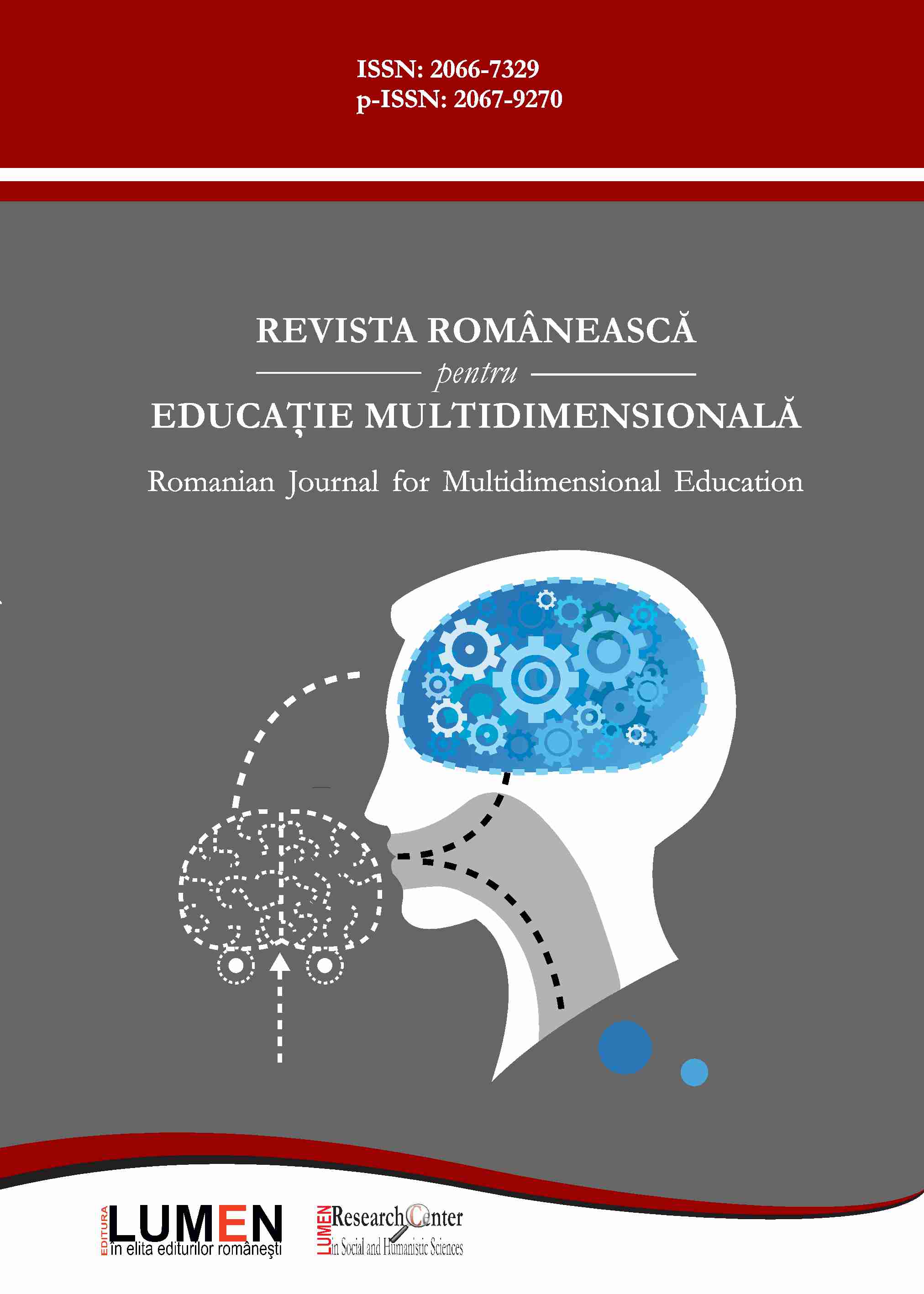Study on the Development of the Trunk Stabilizing Muscle Strength in Young Groups of Juniors in Rhythmic Gymnastics
Study on the Development of the Trunk Stabilizing Muscle Strength in Young Groups of Juniors in Rhythmic Gymnastics
Author(s): Carmen Grigoroiu, Teodora WessellySubject(s): Social psychology and group interaction
Published by: Editura Lumen, Asociatia Lumen
Keywords: strength; rhythmic gymnastics; young juniors; physical training;
Summary/Abstract: Higher standards of sports performance in rhythmic gymnastics require constant improvement of the practice in the field by enriching and adapting the training methodology, in line with the latest trends in the modern training process. Physical training is one of the determining factors in achieving sports performance in rhythmic gymnastics, having the role to support the technical training, by conferring effectiveness in all the competition trials. The study’s goal is to better the physical training for the gymnasts aged 8-10 by including in the training nonspecific means, focused on the developing the strength of the trunk-stabilizing muscles. In our research, 28 gymnasts participated voluntarily, divided into two groups: experimental (14 subjects) and control (14 subjects). The pedagogical experiment took place between 06.09.2017 - 28.05.2018, during which we intervened in the preparation of the experimental group by applying non-specific means of developing the strength of the trunk stabilizing muscles. The control group followed the usual training program. Both groups of subjects (experimental and control) were tested in the initial and final experiment stage by means of two rhythmic gymnastics control trials that evaluated the strength of the abdominal and back muscles. The comparative results in the two groups at the final evaluation revealed statistically significant differences in the two control trials applied. According to this study, the results obtained demonstrate that the nonspecific means used for the physical trainings in the female athletes from the experimental group facilitated getting significantly improved values of the strength of the trunk-stabilizing muscles compared to the subjects in the control group. This emphasizes the effectiveness of the didactic strategy we approached through the methodological content used that favored the evolution of the female athletes' performances we investigated.
Journal: Revista Românească pentru Educaţie Multidimensională
- Issue Year: XI/2019
- Issue No: 4
- Page Range: 40-54
- Page Count: 14
- Language: English

